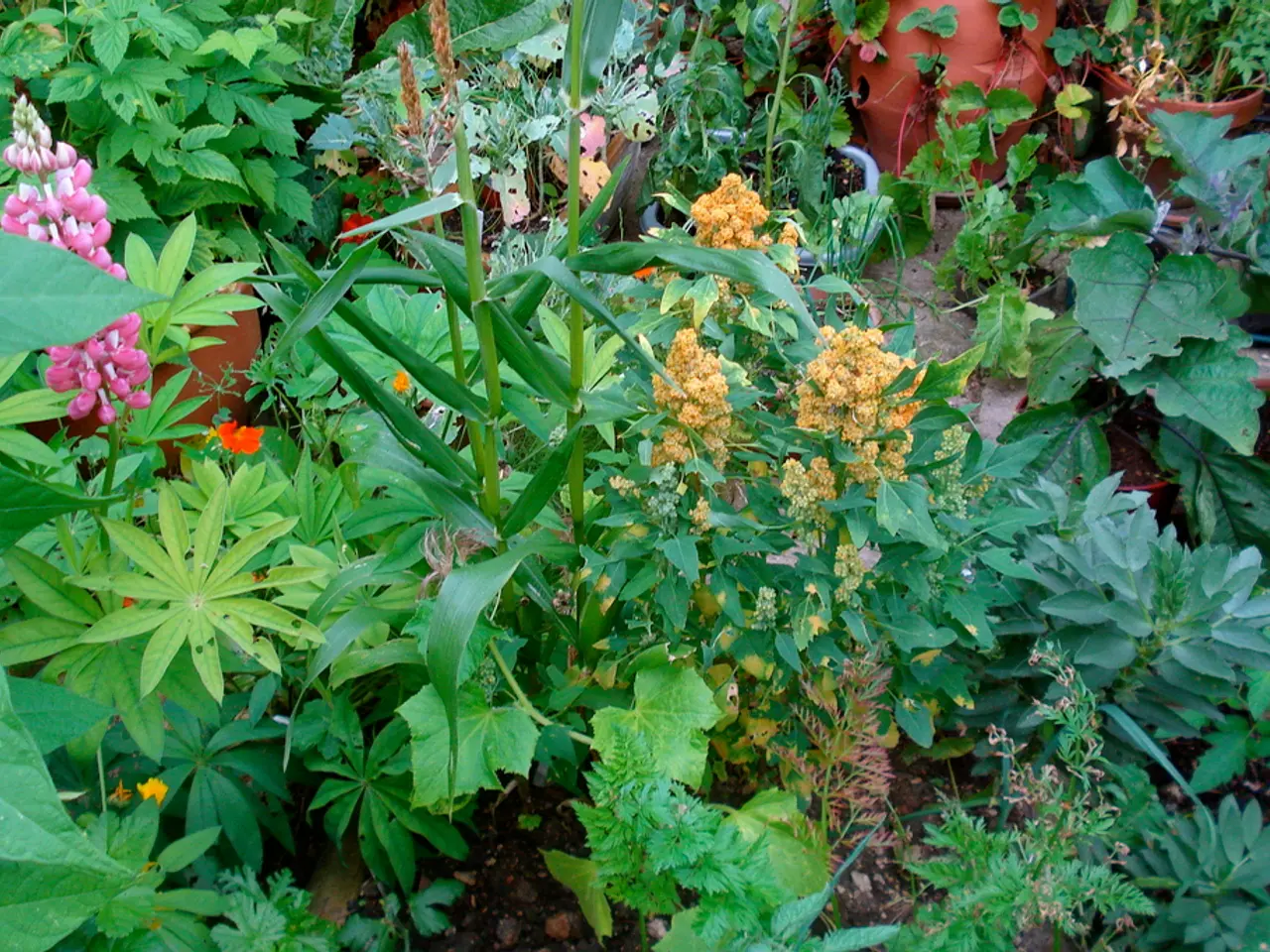Cultivating Dianthus Blooms: A Guide to Growing Dianthus Plants
In the world of gardening, Dianthus is a popular choice for many reasons. This hardy plant thrives in a variety of conditions, making it an ideal choice for both novice and experienced gardeners alike.
Dianthus plants can be found flourishing in full sun, partial shade, or at least 6 hours of sunlight each day. They are hardy in USDA Zones 4-8, making them suitable for a wide range of climates.
When it comes to planting Dianthus, the best time is either spring or fall. These plants prefer full sun or part sun, but afternoon shade can be beneficial during hotter months.
Dianthus plants come in various forms, with perennial types more commonly propagated by cuttings, while annual varieties are propagated by seed. The breeding of Dianthus forms that do not produce seeds and thus have a longer flower spike was carried out in the 20th century, primarily in Europe, especially in the Netherlands and Germany.
To take a Dianthus cutting, remove a small segment of the plant's soft stem and remove lower leaves below the soil line. Rooting hormone can optionally be used when propagating Dianthus. Once rooted, these plants can be grown as hardy annuals, biennials, or perennials, depending on the variety.
Dianthus plants require approximately 1 inch (2.5 cm) of water per week for maintenance. Supplemental irrigation may be necessary in hot or dry regions. However, excess water can lead to yellowing or root/crown rot, so it's important to avoid overwatering.
Carnations are a well-known type of Dianthus that produces larger full blooms, while smaller types like Pinks and sweet William are suitable for ornamental spaces. The spread of Dianthus plants can range from 6-24 inches (15-61 cm), and their height can range from 6-36 inches (15-91 cm).
One of the benefits of growing Dianthus is the potential for repeat blooms. Deadheading Dianthus plants, or clipping just beneath the flower head, back to the nearest set of healthy leaves, can promote this. This practice also prevents seed production, allowing the plant to focus its energy on flowering rather than seed production.
Dianthus plants are often used in borders or potted displays, adding a splash of colour to any garden. With their versatility, hardiness, and beautiful blooms, it's no wonder that Dianthus remains a favourite among gardeners.
Read also:
- Budget cuts at federal and state levels jeopardize advancements in fighting HIV and AIDS within Dallas County
- Strategies for Maintaining and Boosting Physical Activity as You Grow Older
- Understanding Prediabetes: A Precursory Condition to Diabetes
- Strategies for Strengthening a Nigerian Infant's Immune System




